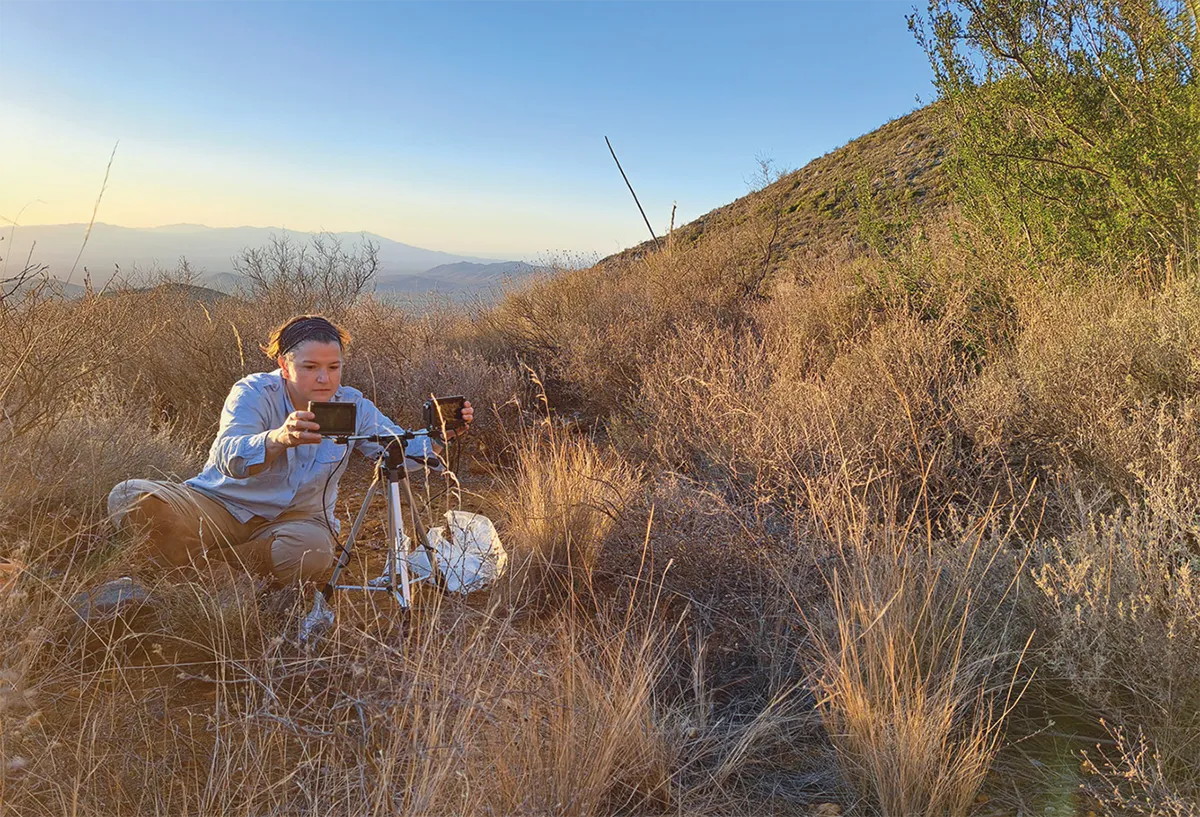

Bat Chat with Dr. Ana Ibarra
lanting agaves in strategic locations throughout the arid landscape between Central Mexico and the U.S. Southwest is one way to sustain diminishing numbers of Mexican long-nosed bats (Leptonycteris nivalis) and assure the survival of desert ecosystems, according to Dr. Ana Ibarra, Bat Conservation International’s Strategic Advisor for Endangered Species in Mexico and Latin America. Dr. Ibarra is one of nearly a dozen people interviewed and profiled in a series of videos and short online features that illustrate what is being done to save Endangered Mexican long-nosed bats and diminishing numbers of agaves.
What is the connection between Mexican long-nosed bats and agaves?
Bats are an important part of pollinating agaves and producing new seeds, particularly because they fly long distances, which can strengthen the genetic variability of the plants. Agaves bloom only once and then die. Blooming takes several years, oftentimes a decade or more, depending on climate and growing conditions. Disruptions to the reproduction of bats and the growth cycles of agaves can imperil both species.